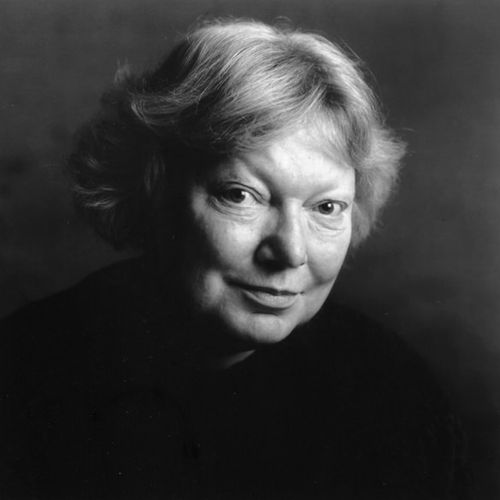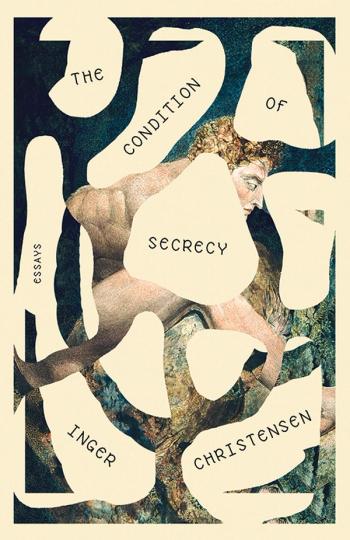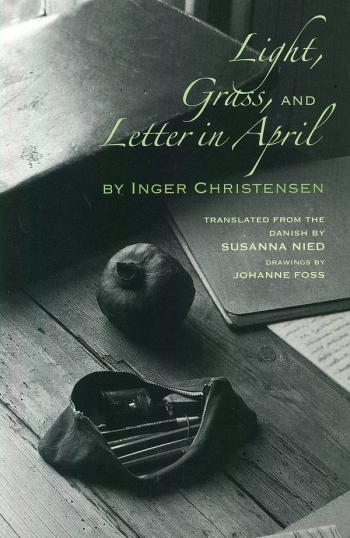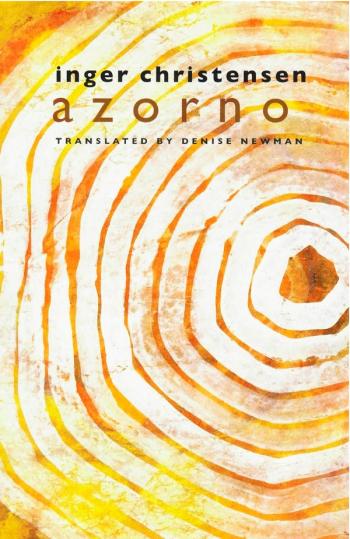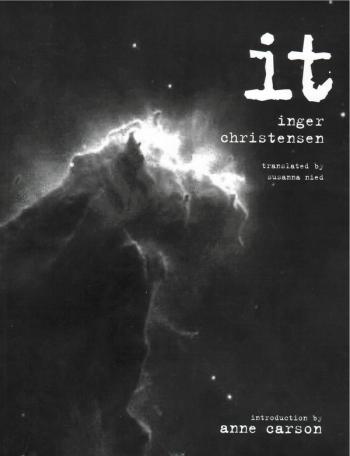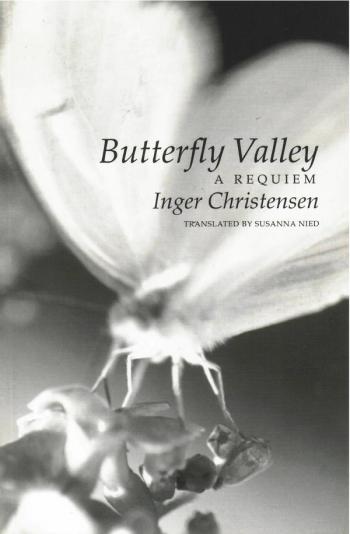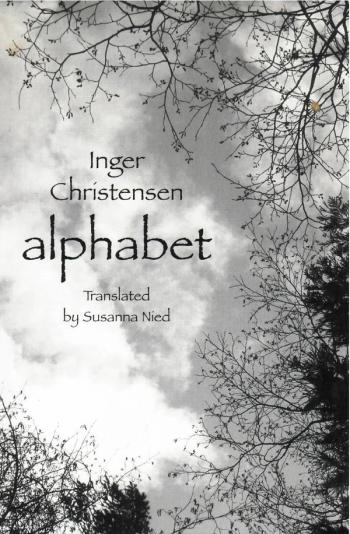Inger Christensen
Inger Christensen (Danish, 1935-2009) was one of Scandinavia’s most powerful literary voices. Her work earned not only critical respect but unusually exuberant public acclaim (“Make Her Prime Minister!” urged one reviewer). Her ingeniously crafted poetry and prose have been variously labeled as naturalist, experimental, formalist, and structuralist; essentially, her work defies labels. Each of her volumes resembles nothing else, including her own other volumes. Yet each is imbued with her characteristic visionary clarity and deep human sensibility. Christensen won numerous major European literary awards, including the Grand Prix des Biennales Internationales de Poésie, the Nordic Prize of the Swedish Academy, and the Austrian State Prize for European Literature. During her final decade she was consistently mentioned as a candidate for the Nobel Prize for Literature.
Born in the small Danish town of Vejle, Christensen grew up in a blue-collar family. She lived most of her adult life in Copenhagen, thriving on its liveliness, but she once said that if she had not spent her childhood exploring rural Vejle’s forests, fields, and fjord, she doubted that she could have written poetry. She was a formidable intellect, fluent in four languages and knowledgeable about such diverse areas as art history, quantum mechanics, mathematics, semiotics, natural history, and music theory. At the same time, she was by nature eminently down-to-earth. After winning one prestigious literary prize, she hung the honorary laurel wreath in her kitchen, gradually using up its leaves in soups and stews. Christensen edited avant-garde literary journals, collaborated with musicians and visual artists, and was a lifelong advocate for political and social change. Her work has been translated into over 30 languages. Her entire poetic oeuvre, plus selected prose, is published in the U.S. by New Directions.
